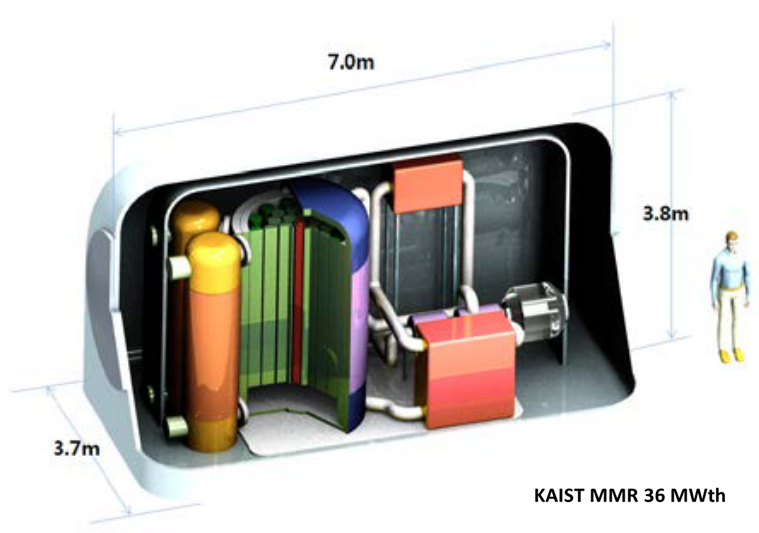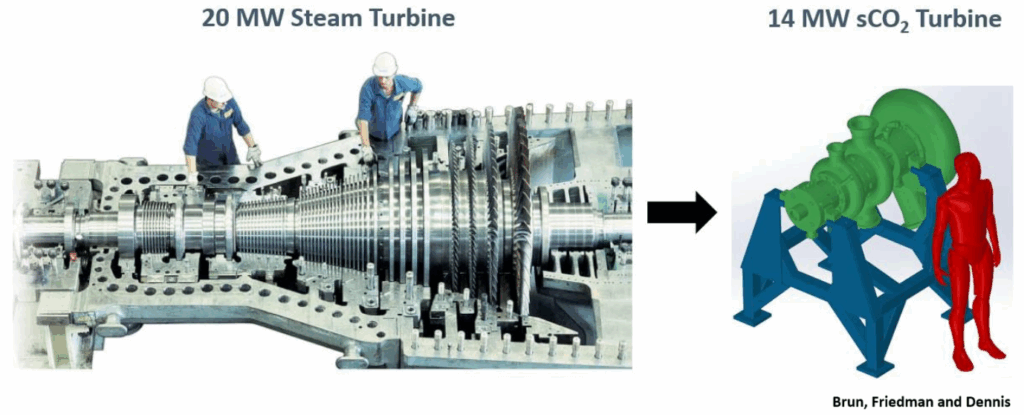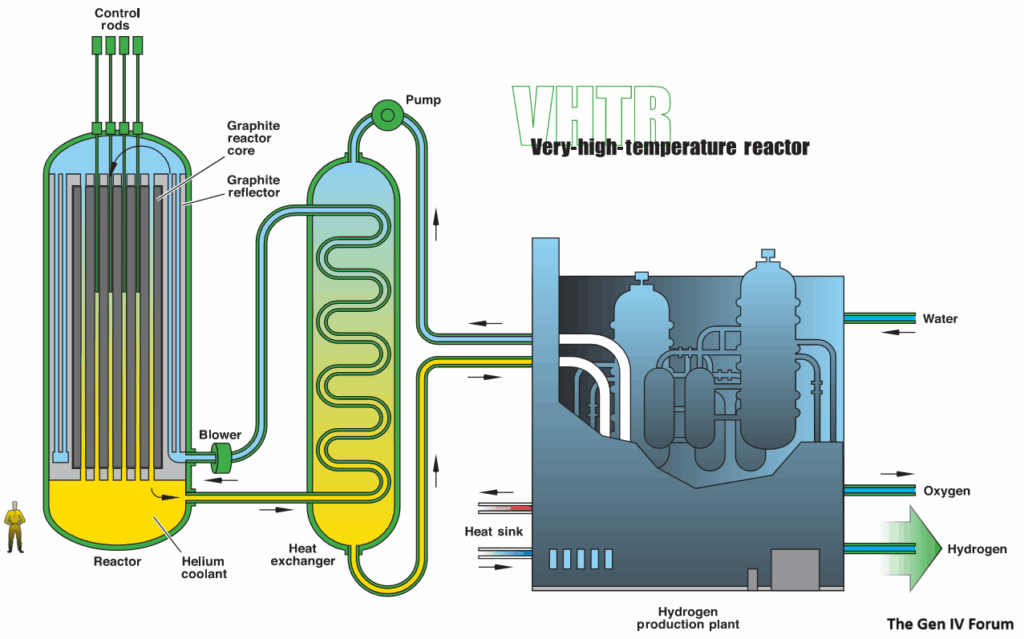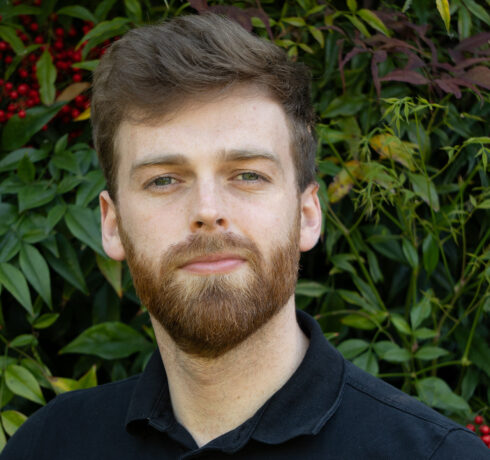Congratulations to Royal Netherlands Navy trainee technical officer Tom Wien for winning the 2025 Kooy Prize. He carried out the research for his thesis – Nuclear Propulsion for Naval Vessels – at Damen Naval’s RD&I department.
In April this year, the Department of Defence and Security of the Royal Netherlands Society of Engineers (KIVI) awarded its Kooy Prize to Tom Wien. This is an annual prize given for the best graduation thesis in a technology relevant to Defence and Security. The subject of Tom’s Master’s thesis was Nuclear Propulsion for Naval Vessels: an investigation into the dynamic behaviour of a high-temperature gas-cooled reactor with a supercritical carbon dioxide power conversion cycle.
Tom Wien started his training as a technical officer in the Royal Netherlands Navy at the Royal Naval Institute (KIM) in Den Helder after finishing secondary school in 2018. The programme combines a Bachelor’s degree with hands-on naval officer training. After completing his Bachelor’s degree (in Military Systems and Technology), Tom continued his studies with a Master’s degree in Mechanical Engineering with a specialisation in Energy Flow and Process Technology at TU Delft.
 Cycle design of a 36 MWth PWR and 12.5 MWe sCO2 cycle.
Cycle design of a 36 MWth PWR and 12.5 MWe sCO2 cycle.
For his Master’s thesis, Tom was “very interested in researching nuclear propulsion for naval ships”. Through a shared connection, he discovered that Damen Naval was also interested in this subject. “I got in touch with Damen Naval and it quickly became clear that we shared similar ideas,” says Tom. “It was also evident that solid research was necessary to determine whether nuclear propulsion could be useful in the future.”
Tom carried out his research as part of Damen Naval’s RD&I department, under the supervision of Gert-Jan Meijn. His schedule was a hybrid way of working: dividing his time between home studies and visits to the Vlissingen office. “This arrangement worked perfectly for me, as I could make progress from home and the university, and then brainstorm and consult with Gert-Jan – he always made as much time as possible to support me with my research. We also planned as many meetings as possible with other employees/interested parties at Damen Naval during these visits,” Tom adds.
After fine-tuning the subject of his thesis to focus on the dynamic behaviour of a nuclear reactor, Tom sums up the essence of his work as such: “Unlike commercial vessels, naval vessels require rapid power shifts. Therefore, I focused on a High-Temperature Gas-Cooled Reactor (HTGR) with a supercritical CO₂ cycle – this is more safe, efficient, compact and sustainable compared to other reactor types and within the considerations made during this research. I designed and modelled a full cycle with naval conditions in mind, including fast-response controls. Simulations showed the system could match the dynamic performance of diesel and gas turbines, proving nuclear power’s feasibility for naval demands.”
 Size comparison between a steam and sCO2 turbine.
Size comparison between a steam and sCO2 turbine.
Looking past the obvious political and societal issues relating to complexity and safety, Tom divides the advantages of nuclear power as the fuel of choice for naval ships into four main areas.
1. Long-term energy supply
“Nuclear energy can provide long-lasting energy without the vessel having to return to port to refuel or have fuel delivered to it from a tanker. This makes a ship less dependent on logistical routes and allows it to operate in a specific area for longer, increasing operational deployment.”
2. Sustainability
“Nuclear energy is an energy source that does not emit CO2 during operation and can therefore contribute to the transition to sustainable energy sources.”
3. Very high energy density
“Unlike other sustainable energy sources (solar panels, methanol, etc.), nuclear energy has a very high energy density. This ensures that the required volume can remain small.”
4. Future energy needs
“The energy needs of naval vessels are expected to only increase in the future. Better radars, unmanned systems, and maybe railguns will require more energy than current systems.”
 General concept of a land-based VHTR.
General concept of a land-based VHTR.
Looking at the potential for nuclear power in the naval sector, Tom believes that there is a future for this technology. “However, please note that, in my role as a naval officer, I am not allowed to comment on the Royal Netherlands Navy’s stance toward nuclear propulsion. I am personally interested in this subject and therefore I do not want to suggest that the Navy itself is interested in this technology,” he states. “Having said that, investments are already being made in land-based nuclear reactors – and as this technology develops on land, it can translate more quickly to maritime applications. Moreover, the shift from fossil fuels to sustainable sources will make nuclear options more attractive, since alternatives cannot yet provide the high energy density needed. This is also reflected in the Dutch maritime sector’s ambitions, which states that by 2035 ships powered by nuclear energy should be operational.”
Sub-Lieutenant (E) Tom Wien is currently in the process of finishing the final stages of his officer training. “I expect to complete this stage in November, after which I will begin working as a technical officer on board Royal Netherlands Navy ships, or possibly at one of the many shore organisations.”
Want to read more about the technical aspects of Tom Wien’s thesis? We will be posting a more detailed article on Damen Naval’s internal Naval Knowledge Hub.

